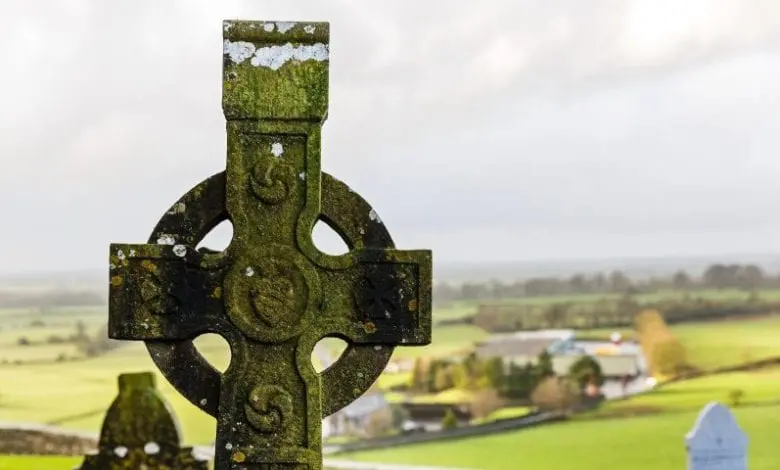How does the UK’s closest neighbour approach death? Dr Kevin Myers describes the changing face of Irish cultural traditions

The Irish have a rich and long cultural tradition in relation to matters surrounding death. When faced with loss, historically we have developed a host of both physical and symbolic practices.







